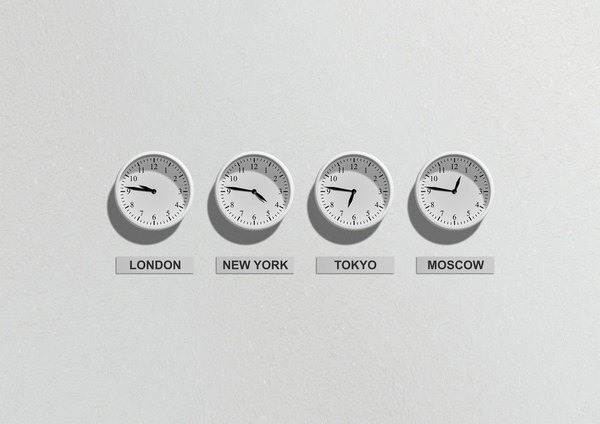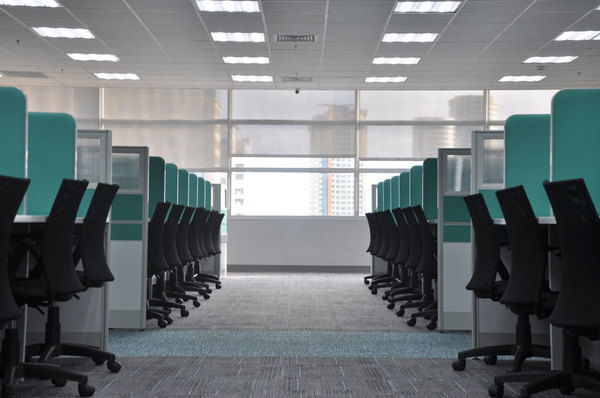
(Michal Jarmoluk/Pixabay)
A while back, I started a new job with a tight turnaround of my own making. Because I was working on a news site that I basically invented the editorial direction for, it was my goal to have the site publish a lot of content on a daily basis. It was what I was used to, and I approached the job accordingly.
To manage the cognitive load, I eventually came up with an idea to make the time manageable when doing all this heavy lifting: I would go around the corner to a nearby coffee shop, an environment I found more mentally stimulating than the office, and keep writing.
Eventually the HR person, who was totally well-meaning, noticed this and said something. She had concerns, which were understandable. Here I was, this guy who just got to the organization three or four months ago, and I was deciding to step out of the office for two or more hours a day, and just not be at my desk, so that I could more productively work.
It meant that (in theory) my employer couldn’t figure out where I was, and that my desk sat empty in case someone wanted to spontaneously bug me. In practice, odds are that my employer was never actually looking for me.
She asked the higher-up folks whether or not this was okay, and they basically agreed that it was. After all, it wasn’t like I was skipping out on the job—just trying to find a way to mentally handle it a little bit better.
Given the past year and a half, that all sounds so quaint now, doesn’t it?

(Firmbee/Unsplash)
But I was thinking about this in the context of a recent piece in Digiday which discusses the fact that people are working much more asynchronously. One person takes up the mantle during regular business hours; someone else takes on the task at 3 a.m., if that’s what they’re comfortable with.
“We are defining what are ‘weird’ hours versus what we have all been conditioned to believe are ‘normal’ hours,” explained leadership coach Joanna Howes. “The pandemic has awakened everyone to the idea that there are 24 hours in the day and not all humans work to their optimal best at the same time.”
The pandemic has been a weird bit of strangeness when it comes to remote work, in that it has forced people to get more used to different settings and work around those settings, and embrace the fact that things were still getting done. (Disclosure: I’ve been working remote for about five years, but I used to be able to make occasional visits to the office.)
Now we’re at the point where people who are used to a degree of control in what they manage are in one of two camps: Those who are embracing the new shape of the workplace, and those who see the new workplace approach as something approaching a threat to order. Letting people work their own schedule, or in their own location was fine during a pandemic, but what happens when most people are vaccinated and normalcy is supposedly back on its way?

(kate.sade/Unsplash)
Leaders in some settings are uncomfortable with it, and it’s leading to some deeper questions about the role of work in the present day. Infamously, just weeks before the pandemic began in earnest, the Trump administration forced numerous rank-and-file government workers to head back into offices out of a desire to be able to look over people’s shoulders, despite the success of telework in the federal government in the past. After the pandemic subsides, every other company is going to be faced with that question, and some might just embrace the idea that they can in fact get away with location-shifting or even time-shifting.
If and when they do, I have a suggestion: Loosen the reins. If someone wants to leave for a couple of hours to work elsewhere, that should be within their rights. We are well-connected and getting people back into the office, virtually or not, is now as easy as a phone call.
We don’t have to lock into step like we once did.
Time limit given ⏲: 30 minutes
Time left on clock ⏲: 1 minute, 11 seconds



